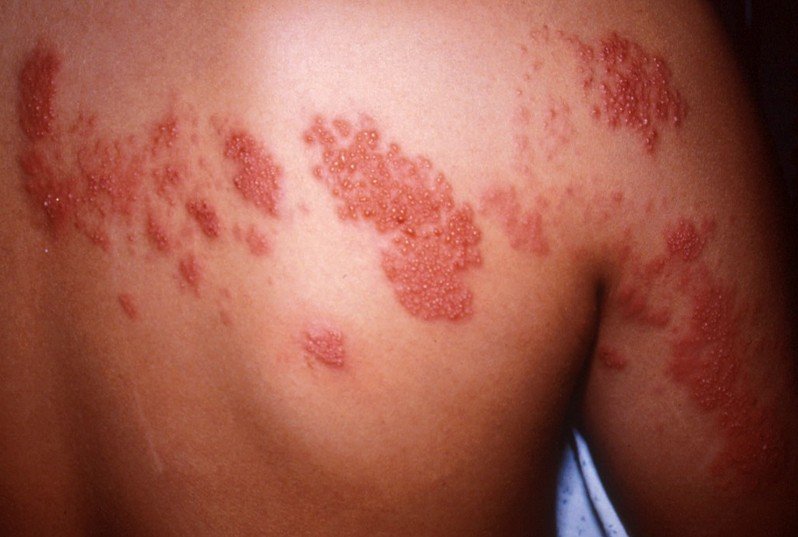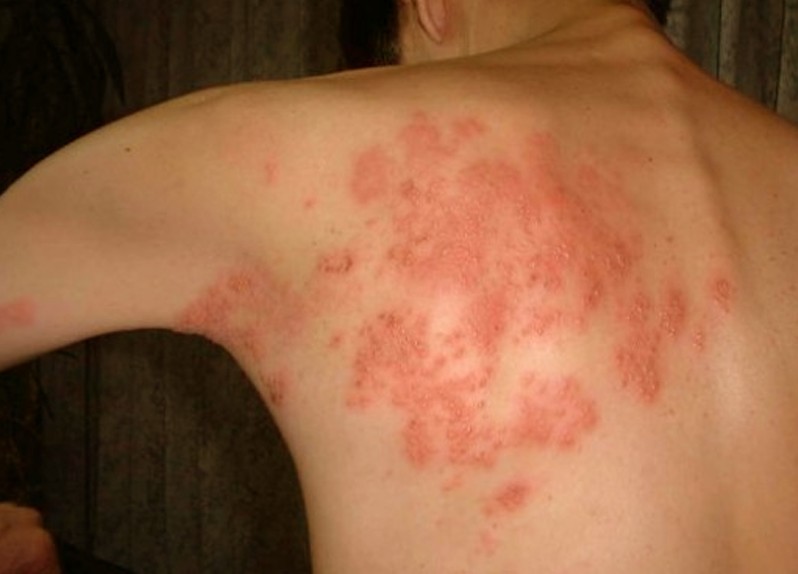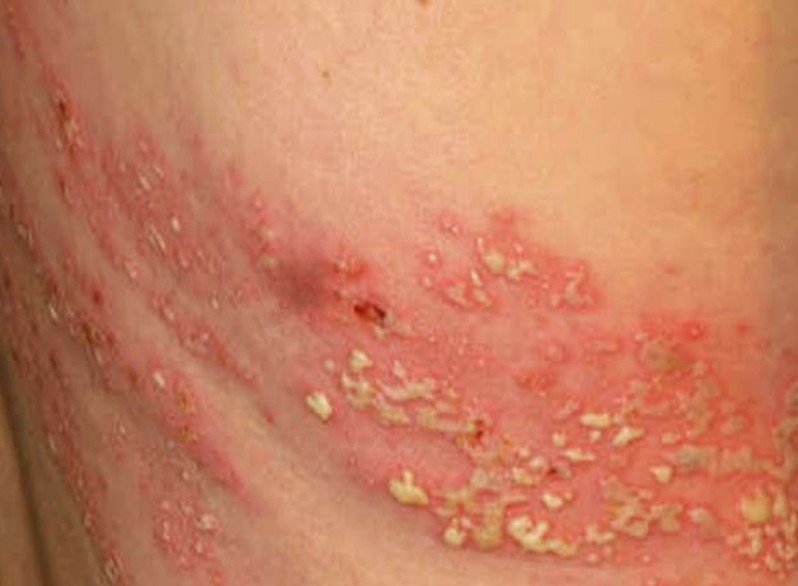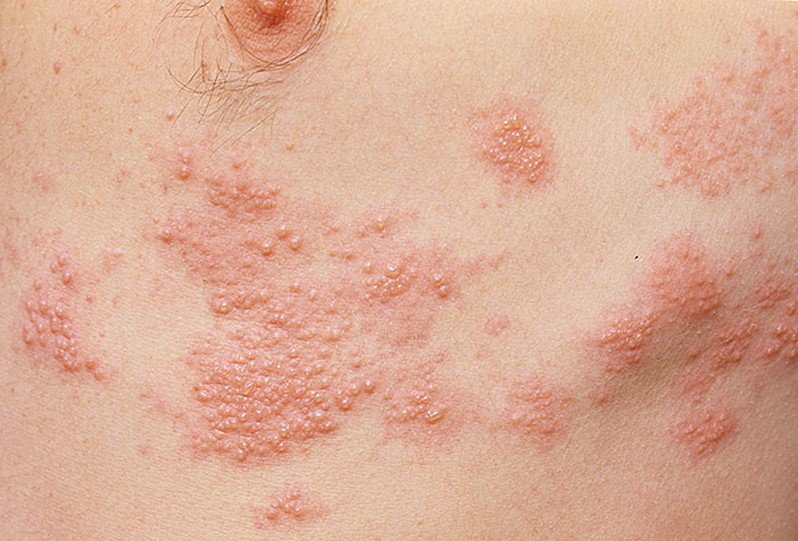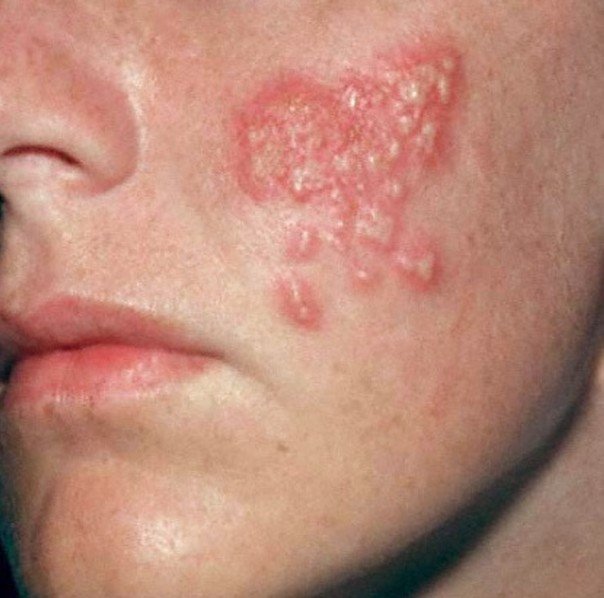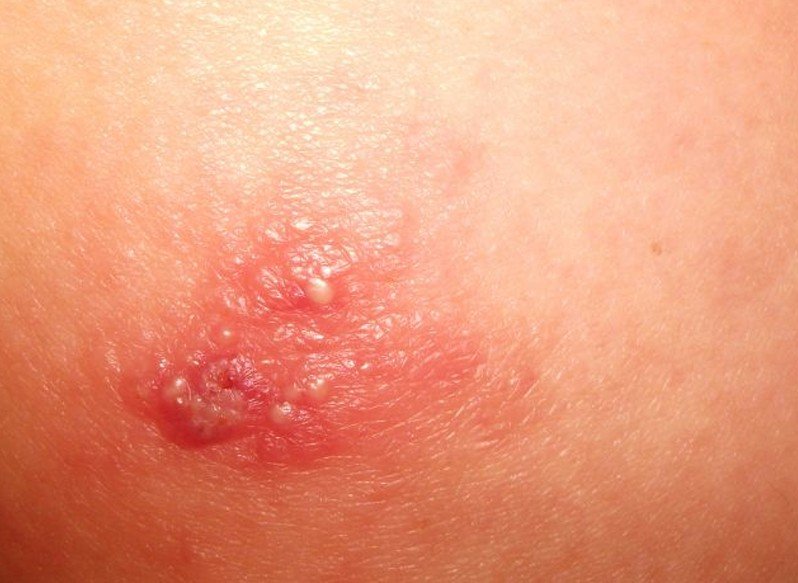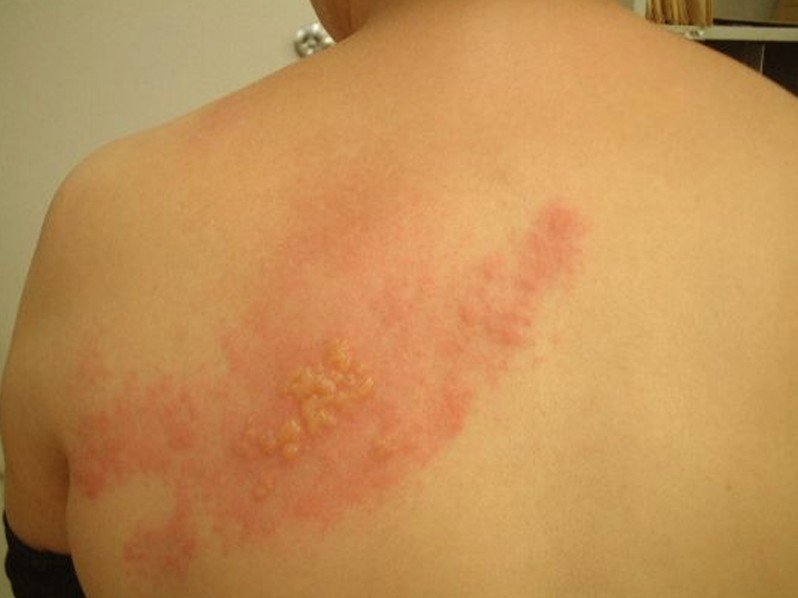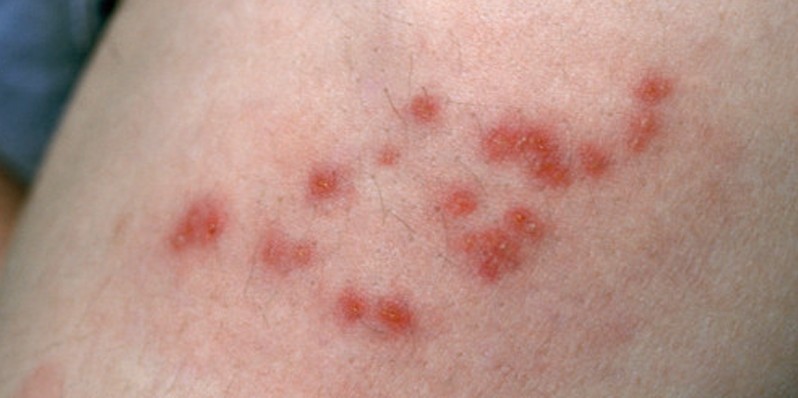Recurrent Shingles
What do Recurrent Shingles mean?
When we say shingles, we are actually referring to the condition known as herpes zoster. This is a viral infection with the varicella zoster virus, leading to skin rash on a limited part of the body, pain and blisters. After the infection with this virus occurs, the virus remains latent in the body. More importantly, it remains stored in the bodies of the nerve cells and nerve roots or ganglia. It can remain as such and not cause any symptoms for many years. However, the virus can be activated and this is when recurrent shingles occur. The rash will appear on the corresponding segment of the nerve, causing a lot of pain. Even after the rash has disappeared, patients complain residual pain.
How Common is Recurrent Shingles?
Recent studies have shown that one a person has suffered from residual pain after the first shingles episode, that person presents an increased risk for recurrence. The risk of recurrent shingles is one in three. As for those who have had periods of residual pain lasting longer than two months, the risk of recurrence is five times greater. According to a study made on 1700 patients diagnosed with shingles, 95% suffered from recurrences after a period of several years. The time between the initial shingles episode and the recurrence varied between as little as three months to ten years. It seems that there are certain risk factors that lead to recurrent shingles, such as residual pain, gender (women more predisposed than men) and age (over 50 at the time of the initial episode).
Symptoms of Recurrent Shingles
The symptoms of recurrent shingles are similar to the ones experienced in the initial episode:
- Pain – appears on the route of a nerve or at the level of ganglia. It is possible to experience the painful sensation and not develop a rash.
- Burning sensation
- Numbness or tingling – commonly accompany neuropathic pain
- Rash – characteristic for recurrent shingles is the appearance of the rash after a few days of intense pain. The rash appears in a stripe pattern, most often affecting a side of the torso or on the face, following the pathway of cranial nerves (facial/trigeminal).
- Blisters – these accompany the rash; they have the tendency to break and form a crust
- The rash can cause mild to intense itchiness
Systemic symptoms include:
- Fever
- Headaches
- General weakness
- Photophobia.
Causes of Recurrent Shingles
Recurrent shingles or herpes zoster is caused by the activation of the latent varicella zoster virus that already exists in the body. The virus can remain latent in the body for years and not cause any symptoms. However, it has been found that the weakening of the immune system can lead to its activation, causing recurrent shingles. Other triggers have been suggested, such as the environment or the genetic material but studies are inconclusive so far.
Treatment
The symptomatic treatment for recurrent shingles consists of:
Anti-viral medication
- Recommended to reduce the painful sensation
- When administered, it can reduce the duration of the condition
- Among the antiviral medication that can be administered, you will find: acyclovir, famciclovir or valacyclovir.
Corticosteroids
- These are administered at the same time with the anti-viral medication, being recommended only for severe cases of recurrent shingles.
- The treatment cannot be administered for prolonged periods of time, as corticosteroids can have serious side-effects. Also, it has been found that they are not that effective.
Anti-inflammatory medication
- This can help with the neuropathic pain, being administered after the rash has subsided (for residual pain)
- Topical creams have a moderate effect on the pain at the site of the rash.
- Among the anti-inflammatory medication recommended, there are: acetaminophen, aspirin and ibuprofen.
Antibiotics
- These are administered topically, in order to prevent the secondary bacterial infections that might occur after a blister has broken.
In case of post-herpetic neuralgia (complication of recurrent shingles), the following treatment options are suggested:
Antidepressants
- These are recommended in patients who are suffering from residual post-herpetic pain. This can be quite intense and it can lead to depression, among other problems.
- Among the most commonly indicated anti-depressants, there are tricyclic antidepressants – amitriptyline.
Topical anesthetics
- Benzocaine
- Lidocaine patches
Anticonvulsant medication
- Gabapentin
- Pregabalin
Opioids
- Codeine – for extreme pain
Topical creams
- Capsaicin – pain relief.
Prevention
There are several ways to prevent recurrent shingles, as you will have the opportunity to discover below:
Vaccine – there is a special vaccine recommended as a method of prevention for recurrent shingles. Studies have shown that it can prevent the varicella zoster virus from becoming re-activated in patients who are older (over 60 years of age). According to the results of the studies, the risk of a patient developing shingles after the administration of the vaccine has been reduced to 50%. Also, the same vaccine has been found to have reduced the risk of complications (meaning postherpetic neuralgia) with 66%. However, the vaccine is only approved for people who are over 60 years of age.
Even though corticosteroids are sometimes administered as a course of treatment, along antiviral medication, it has been found that prolonged usage can actually increase the risk of recurrence. The doctor will decide whether the benefits of the corticosteroid treatment are more than the risks presented.
Studies performed on patients suffering from recurrent shingles have proven that there might be a link between this condition and exposure to the sun. Even though these studies are not definite yet, it seems that prolonged and constant exposure to the sun might lead to the activation of the varicella zoster virus. In order to limit the exposure to the sun, patients are recommended to wear protective clothing and hats and also to use sunblock, especially during hot summer days.
Patients who have suffered from shingles are recommended to avoid stressful situations and to be physically active, as means of prevention. It seems that the stress might also be a triggering factor for the activation of the condition.
Recurrent Shingles Pictures
Here are some of the pictures of Recurrent Shingles….

